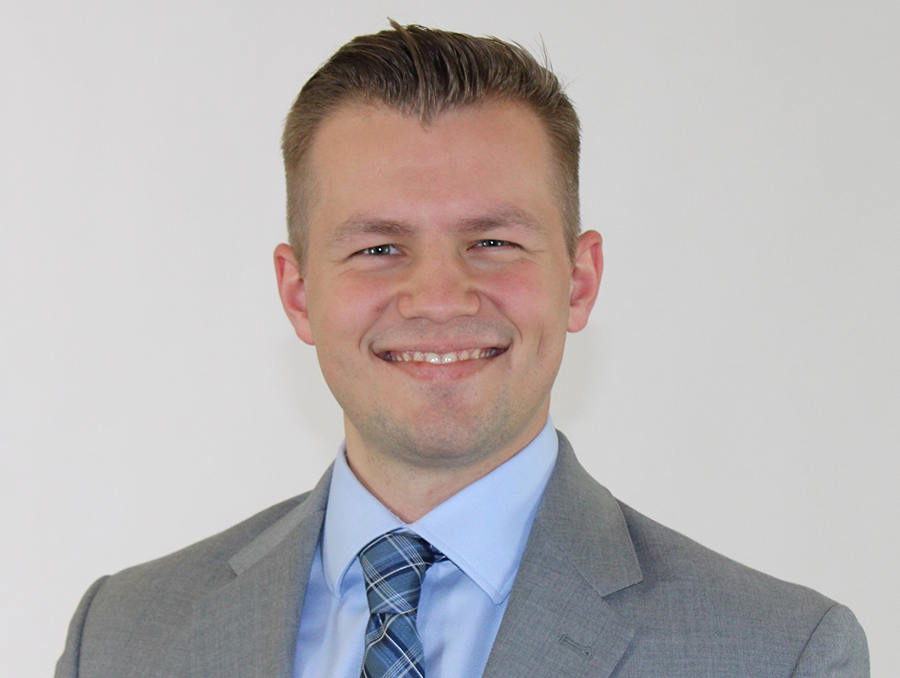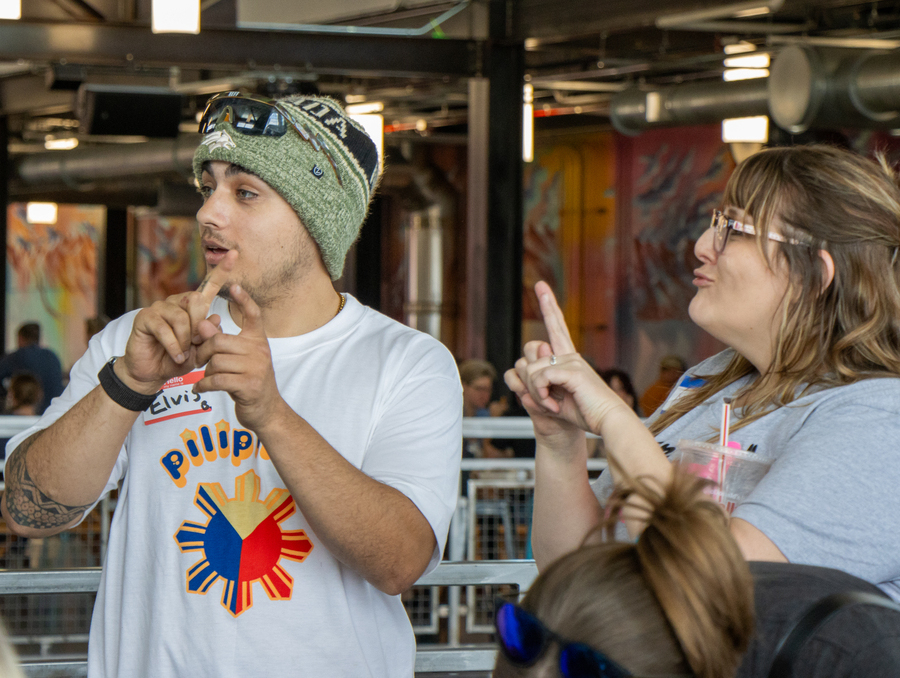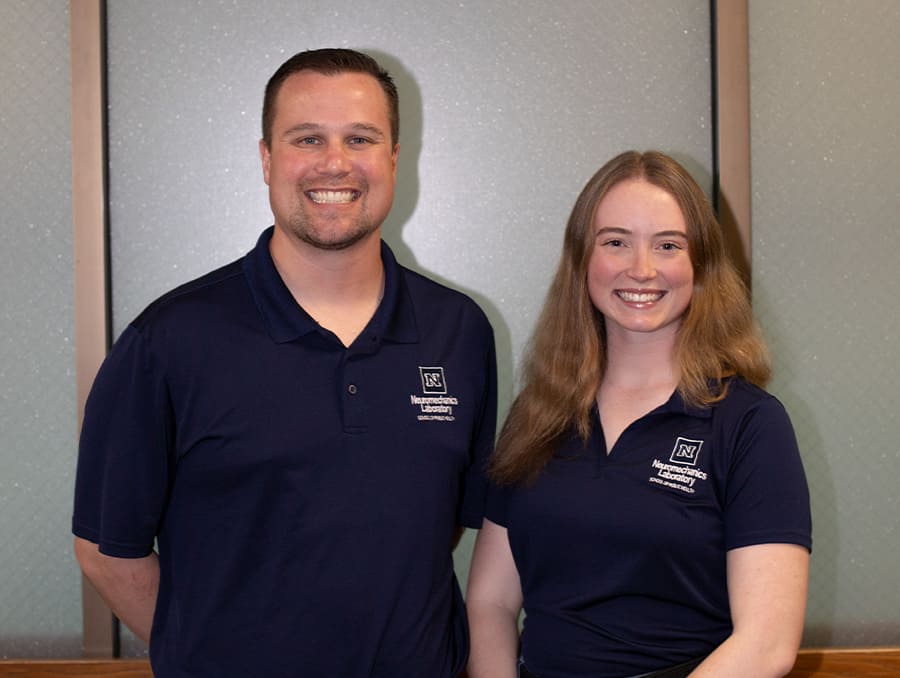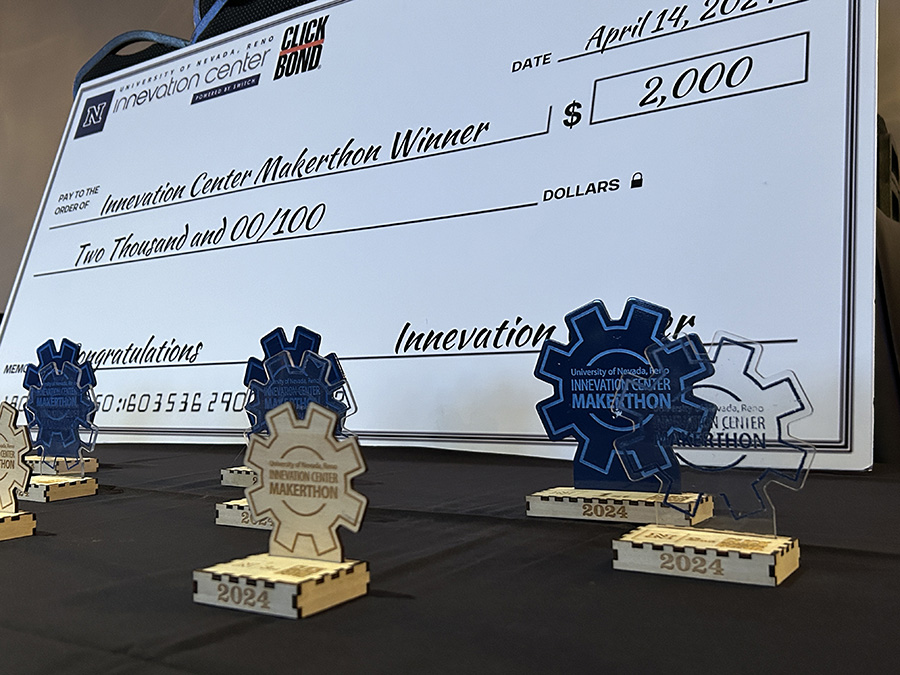After receiving her operation orders, the third-year Army ROTC cadet of the University of Nevada, Reno leads her platoon through the sagebrush wilderness of northern Nevada. They have had little sleep and the sun is bearing down as they head for another battle.
This battle scenario is one of many the cadets may encounter during the Joint Field Training Exercise April 11 through 13. However, this semester's exercises are different. For the first time in 10 years, the University of Nevada, Reno's Army ROTC Program will host the exercise with the University of Nevada, Las Vegas' Army ROTC Program. More than 140 cadets will participate in four days of small unity leadership scenarios and land navigation as part of their curriculum and advancement to becoming Army officers.
"The Field Training Exercise is a capstone event that affords cadets the opportunity to demonstrate their critical thinking and decisive leadership skills they have been developing," said Lt. Col. Michael Minaudo, department chair of the University's Military Science Department, which oversees the ROTC program. "Cadets also receive feedback on how they can continue to develop the sound leadership foundation that they have established."
At 4 a.m., Friday, April 11, the exercises will begin. ROTC cadets will eat, sleep and mock attack enemies in the field with 70 pounds of gear and weaponry. Drills include land navigation and tactical scenarios. Land navigation involves finding course locations with a map or compass. Tactical scenarios pit squads against one another in mock battles, which can include ambushes and sneak attacks. There will be little time for food and sleep, and even then, cadets must be prepared at all times for the unknown that may be on the horizon.
"It's the culmination of the whole semester for ROTC officers," Chris Wallace-Carrete, a fourth-year ROTC cadet and logistics officer, said.
Throughout the training exercise, each third-year cadet will be given the opportunity to fill a leadership position. This can include leading a scenario, navigating or acting as a squad leader. During this time, the cadet will be analyzed by a fourth-year ROTC cadet or cadre member and provided feedback on demonstrations of physical fitness and exhibited leadership traits, including confidence, bearing and presence. Assessments range from "E", or exceeds standards, to "N", or needs improvement. The focus is not on the specific evaluation, but rather on the feedback that they receive so that they can continue to develop and meet their full potential when they become Army officers. All assessments contribute to a cadet's placement on the Order of Merit List, a ranking based on each cadet's performance in ROTC and their potential for the Army.
"The whole event is meant to put cadets to the leadership test and put them in difficult, adverse situations where we want to see how they'll react if they're cold, tired or hungry," Wallace-Carrete said.
Saturday evening of the event, Wallace-Carrete said, is when a cadet's "true character comes out." After training all day Friday, sleeping a few hours, and working all Saturday, cadets may be exhausted.
"That's the moment to look and see who will step up and be a leader," Wallace-Carrete said.
An added wrinkle to this semester's Joint Field Training Exercise is the presence of ROTC battalion members from the University of Nevada, Las Vegas. Cadets will be integrated into the University of Nevada, Reno's ranks. The two battalions' ability to overcome differences and work together may be a key to success and high scores during the exercises.
"There may be some disconnect from different training and leadership styles," Katherine Bandy, a third-year ROTC cadet and training officer, said. "Everything is standardized in the Army, but training may differ slightly based on the unit. Combining the University of Nevada, Reno and Las Vegas provides the opportunity to learn from each other's strengths."
To prepare for the exercise, cadets participate in leadership labs. Every Friday, ROTC cadets travel to local areas, such as Lemmon Valley or Dog Valley, and practice land navigation, maneuvering and tactical scenarios. During this time, cadets improve their leadership abilities and prepare for the capstone field training exercise at the end of the semester.
"Our leadership labs provide excellent practice and experience for more intensive exercises like the field training exercises," Wallace-Carrete said.
The field training exercise is preparation for Cadet Summer Training. The 29-day training event is a main requirement for future Army officers, and the best practice for a cadet is the Joint Field Training Exercise.
The Joint Field Training Exercises is an annual event that acts as a capstone for participating cadets. The exercise will take place at Stead Training Site in Lemmon Valley. All exercises and scenarios are compiled by fourth-year ROTC cadets and overseen by Cadet Allie Harvey, Joint Field Training Exercise Officer in Charge.
The University of Nevada, Reno's Army ROTC Program has been on the University since 1916 and fosters critical thinking, fitness, camaraderie and leadership training. More than 272 institutions throughout the country have training programs similar to the University's, and collectively, they commission more than 6,000 Second Lieutenants a year.











